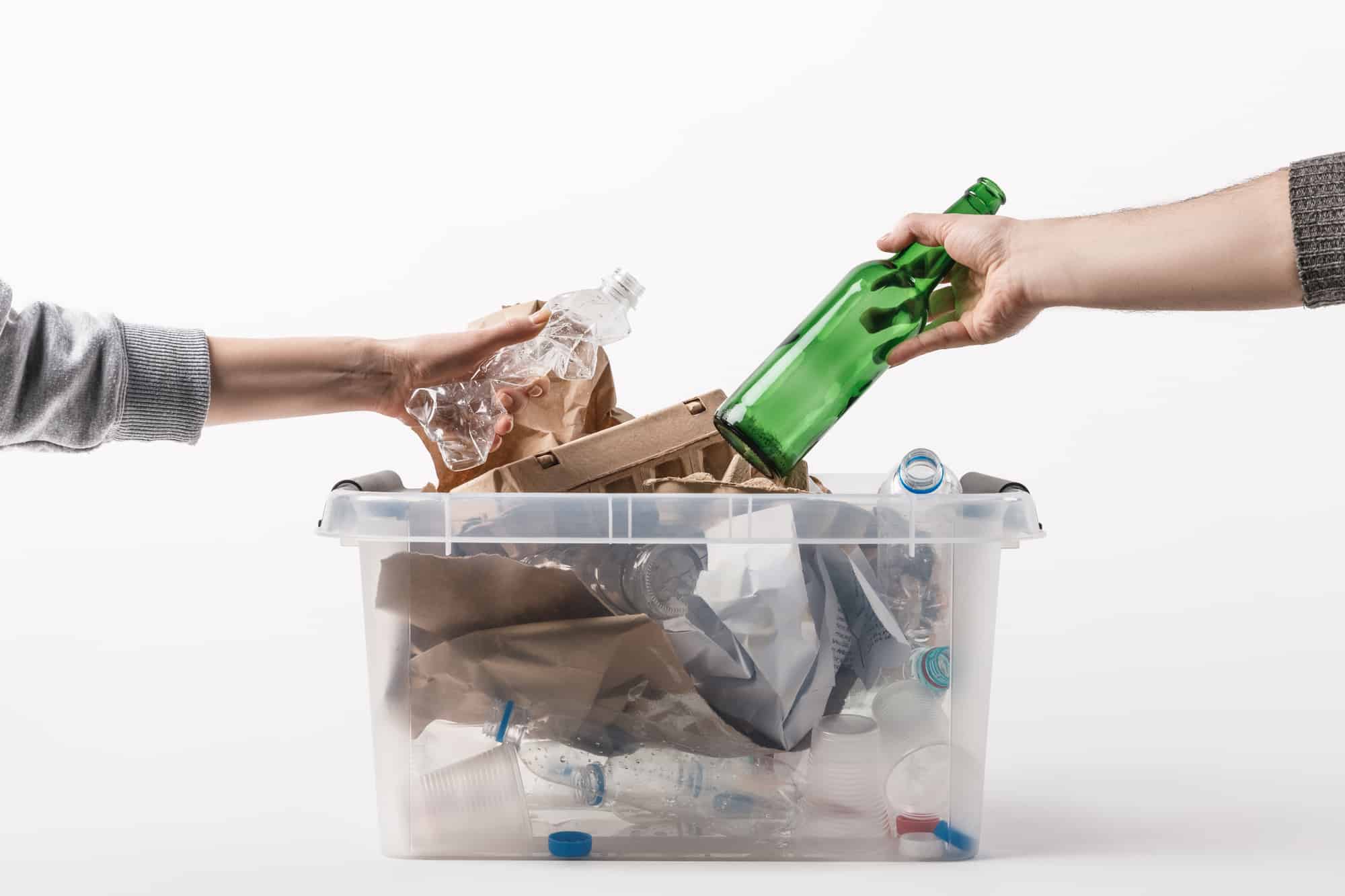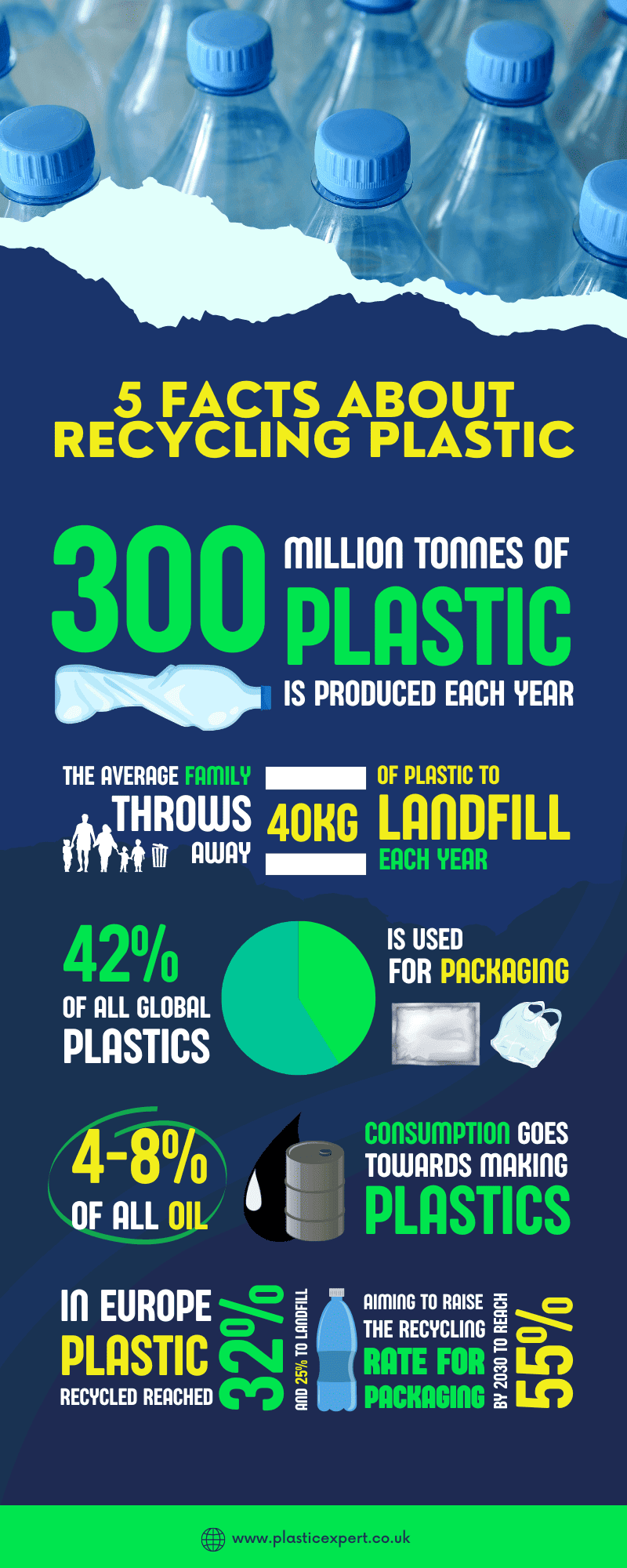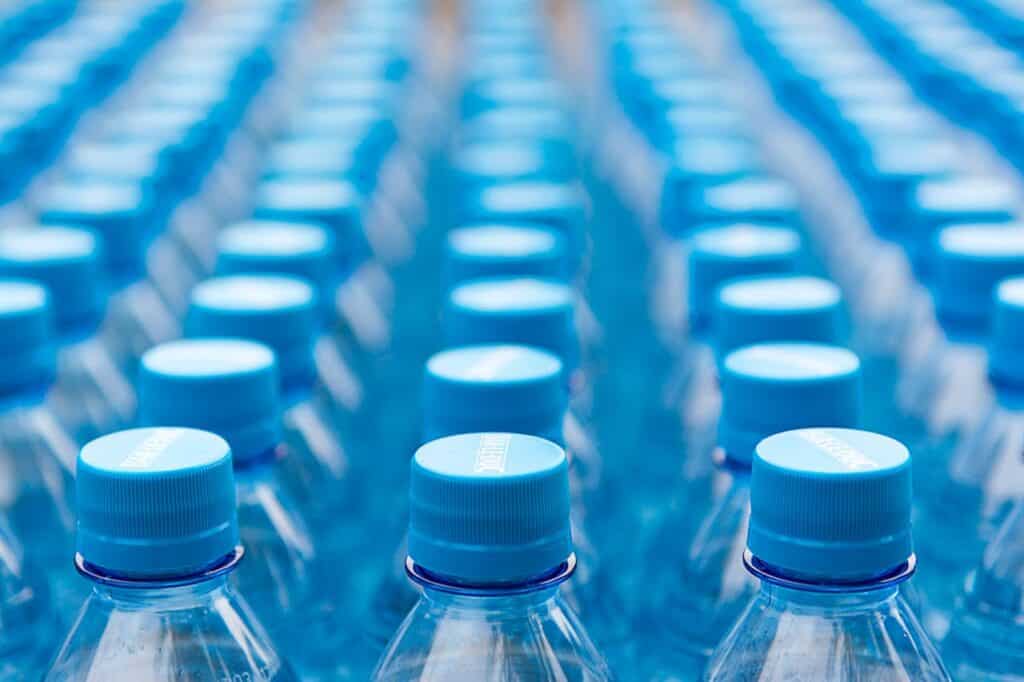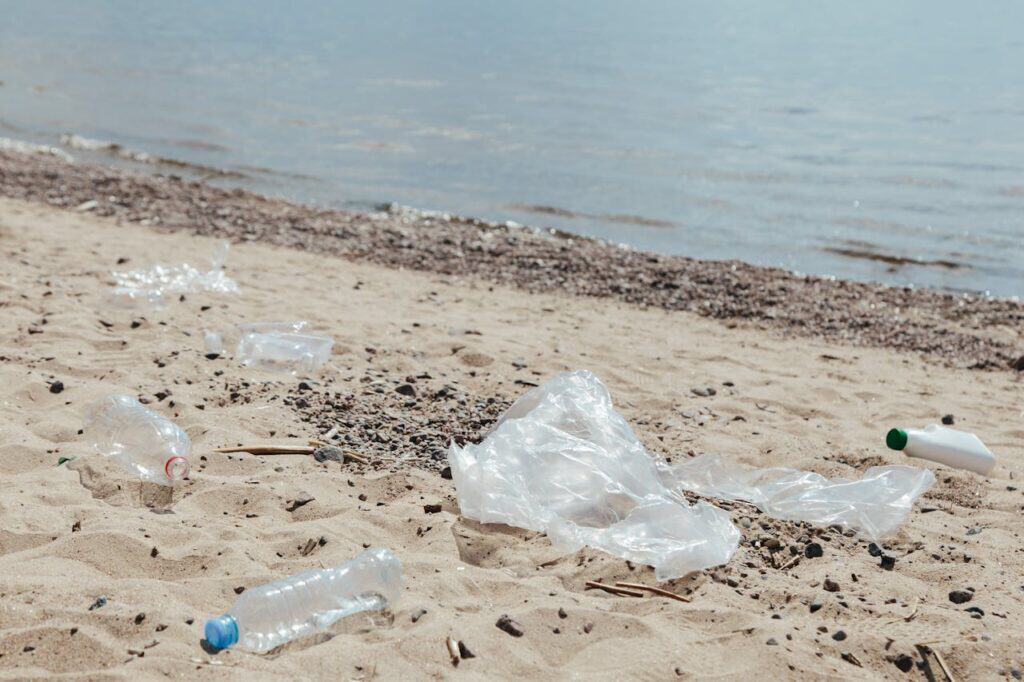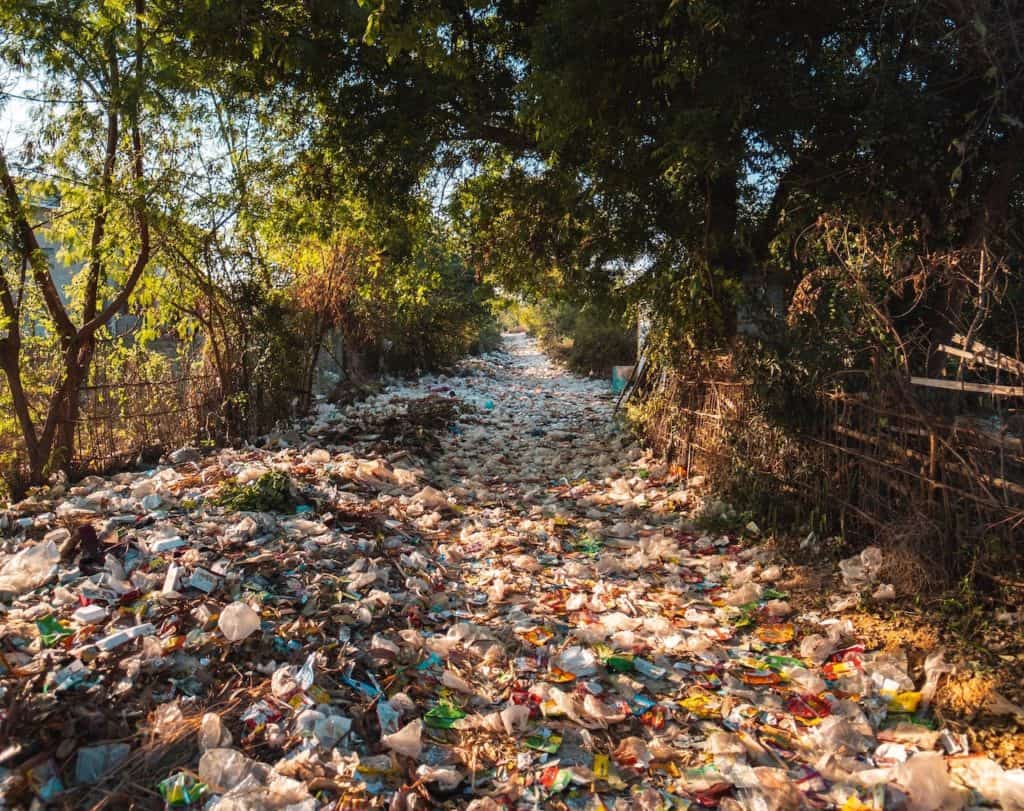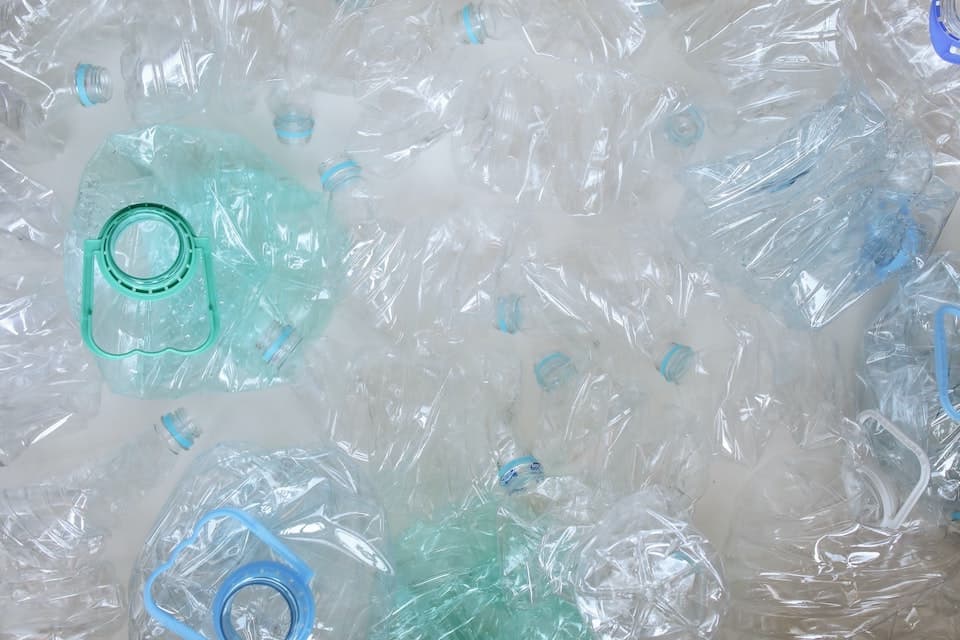Plastic is one of the most widely used materials in the world and it is found in everything from the packaging that we use to the clothes that we wear. But in recent years, there has been an effort to reduce the use of plastic due to the environmental impact that it has.
When plastic was first invented, we did not realise that it would take around 500 years to decompose and that it would sit in landfill or get into the oceans and damage marine life. Now that we are aware of the dangers of plastic, there is more research going into the effect that it has on the environment and the ways in which we can manage our plastic waste more effectively. This means that a lot of the things that we thought we knew about plastic consumption even 5 years ago may be out of date right now.
If you want to understand more about the impact that plastic has and the way that we use it, check out these plastic usage and recycling facts.
FACTS ABOUT RECYCLING [INFORGAPHIC]
Our top facts about recycling plastic
- Over 300 million tonnes of plastic is produced each year and roughly half of that is for single-use purposes.
- 42% of all global plastic is used for packaging.
- Between 4 and 8% of all global oil consumption goes towards making plastics.
- More than 8 million tonnes of plastic end up in the ocean every year, and as a result, over 90 percent of seabirds have plastic in their stomachs.
- 275,000 tonnes of plastic are used in the UK each year. That is the equivalent of around 15 million plastic bottles per day.
- The average UK family throws away 40kg of plastic into landfill sites each year, which could have been recycled instead.
- Only 9% of all plastic ever produced has been recycled.
- 79% of all plastic still sits in landfill sites and the other 12 percent has been incinerated. When plastic is incinerated, it produces greenhouse gases which have a negative environmental impact. However, the energy produced from incinerating plastic can be harnessed. In some cases, this means that incinerating plastic is beneficial, but only when the energy harnessing process is efficient enough and there are measures in place to prevent air pollution from burning plastic.
- In 2018, 9.4 million tonnes of plastic were collected and recycled in Europe.
- Since 2006, the amount of plastic waste sent to a recycling program has doubled.
- Over 40 percent of plastic is collected and recycled in more than half of all countries in the EU.
- In the UK, 32 percent of all plastic is recycled.
- 43 percent of plastic packaging in the UK is recycled.
- 74 percent of plastic bottles are recycled in the UK.
- Average UK households have 40 plastic bags stored, and only a small handful of councils allow you to put these in recycling bins. However, they can be recycled by the supermarkets.
- Since the introduction of the 5p charge for plastic bags, sales in the seven big supermarkets have reduced by 86 percent. The charge has encouraged a lot of people to reuse bags, which is going a long way to reduce the number of plastic bags that end up in landfill sites.
- The UK exports some of its plastic for recycling. This is because we currently do not have the infrastructure and technology in place to recycle all of the plastic that we use. If this plastic is not exported, it will end up in landfill sites instead.
- Polyethylene Terephthalate (PET) and High Density Polyethylene (HDPE) are the two most widely recycled types of plastic. These are used to make bottles and jars for things like drinks or shampoo. The majority of councils will allow you to put these kinds of plastic in your recycling bins.
- The majority of plastics can only be recycled once or twice before they are incinerated or sent to landfill sites.
- The production of biodegradable plastics is estimated to be 4 million tonnes per year, which is just over 1 percent of global plastic production.
- The carbon emissions from plastic in 2015 were equivalent to 1.8 billion metric tonnes.
- The energy saved by recycling tonnes of plastic in the US in 2008 instead of manufacturing new plastic was equivalent to the energy needed to power 750,000 homes. In the same year, 2.1 million tonnes of carbon dioxide were saved by recycling plastic.
Recycling plastics and creating sustainable raw materials to manufacture new plastic products has a huge positive impact on the environment by reducing carbon emissions and energy usage. That is why it’s so important that we all do our part and start recycling as much plastic as we can.
Find Similar Blogs
If you enjoyed reading these staggering facts regarding plastic, we have a few more relevant blogs to share. You can find out about the worst countries for plastic recycling, how many times plastic can be recycled, and when this material was invented.

